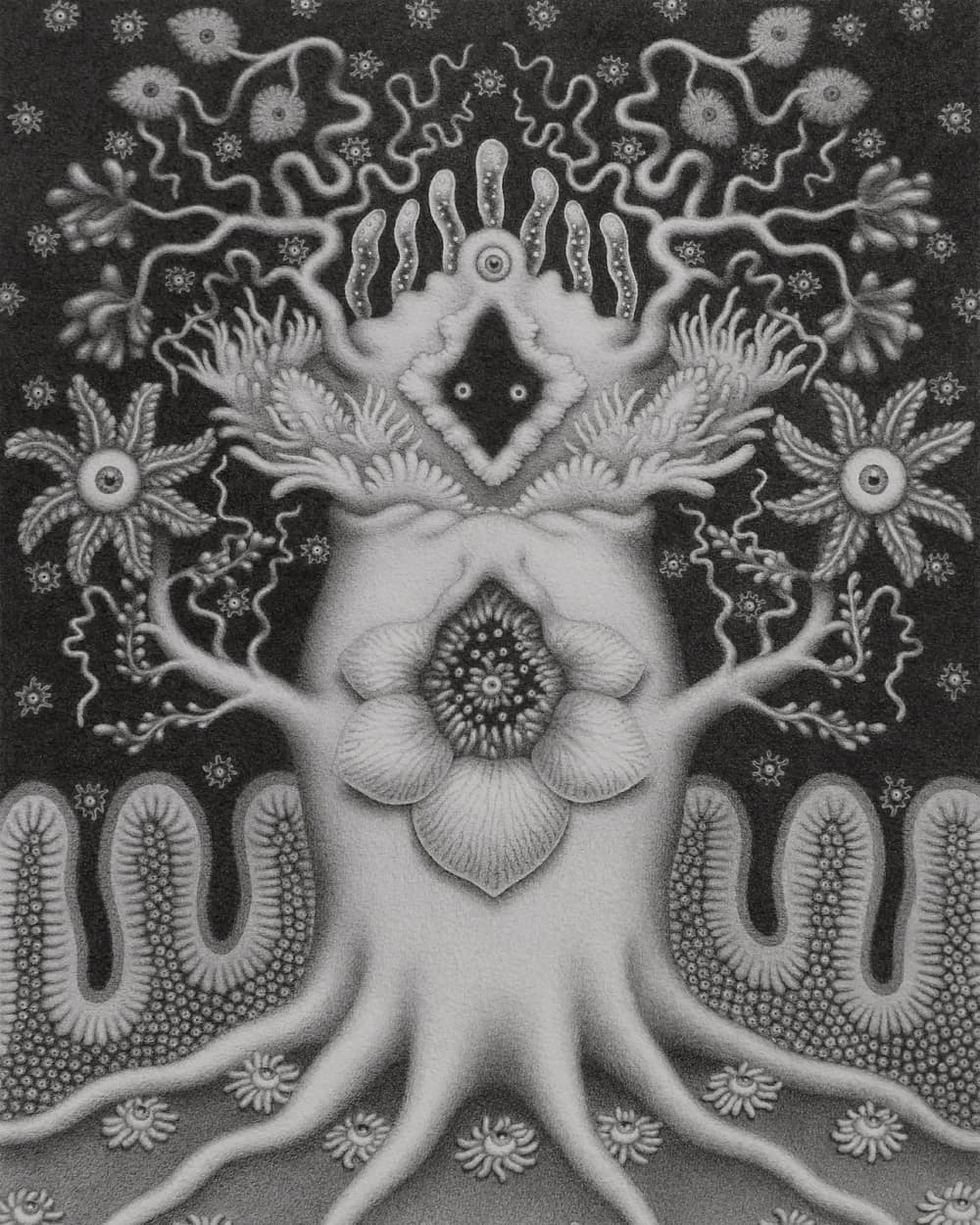Be Oblivion, in Disconnect
2011 - Installation (Installation)
Dimensions Variable
Natasha Wheat
Wheat’s work is built on a strong conceptual framework that weaves together commentary on social and political issues and the radical potential for change. Be Oblivion, in Disconnect (2011) is a sculpture and an intervention. Two cardboard boxes house white neon letters that collectively have the potential to spell “Be Oblivion.” The dismembered phrase is rendered powerless in its present state; the potential power lies with the viewer, who could conceivably reconstruct it. The boxes sit on wooden pallets of the kind typically used for shipping; by painting them white and repurposing them as pedestals, Wheat removes them from circulation as carriers of commodities. The simple cardboard boxes are also discarded shipping materials. The words “Be Oblivion” are a seeming command to fade away into obscurity. This simple phrase resonates as a harbinger of defeat. Perhaps the provocative installation is a pointed statement about our collective loss of power: in politics, commerce, war, international relations, social issues, or all of these. Wheat asks us to resurrect her jumbled phrase in our minds, contemplate it, and see if it is time for an insurrection.
Natasha Wheat’s diverse body of work explores social experience as a sensual phenomenon that is riddled with hierarchical complexity. Her objects, installations, and interventions engender and disrupt a full range of interpersonal relations. Wheat was the founder of Project Grow, an art studio and urban farming program based in Portland, Oregon, that employed developmentally disabled adults and investigated the intersection of food, ideology, society, and exchange. She earned her BFA from the School of the Art Institute of Chicago and an MFA with an emphasis in social practice from California College of the Arts.
Colors:
Related works featuring themes of: » Abstract, » Contemporary Conceptualism, » Dark, » Focus on Materials, » American
» see more

© » KADIST
Alexandre da Cunha
2005His Deck Painting I recalls the simplistic stripes of conceptual artist Daniel Buren, or the minimal lines of twentieth century abstract painting, but is in reality a readymade, fashioned from repurposed fabric of deck chairs...
Other related works, blended automatically
» see more

© » KADIST
Natasha Wheat
2011Natasha Wheat’s Kerosene Triptych (2011) is composed of three images, one each from the digital files of the Library of Congress, the Smithsonian Institution, and the Field Museum tropical research archive...

© » KADIST
Yang Guangnan
2011Itch explores the relationship between technology and daily human experience with a motorized arm that extends from within the gallery’s wall, moving up and down while holding a projector that shows a desperately scratching pair of hands....
Related works sharing similar palette
» see more

© » ARTNEWS RETROSPECTIVE
Mary Weatherford Revisits an ARTnews Profile of Joan Mitchell – ARTnews.com Skip to main content By Alex Greenberger Plus Icon Alex Greenberger Senior Editor, ARTnews View All September 4, 2020 10:27am ©ARTnews In 1957, art critic Irving Sandler paid a visit to the studio of painter Joan Mitchell , an Abstract Expressionist known for her brushy images capturing nature...

© » KADIST
Milena Bonilla
2009Milena Bonilla’s discursive practice explores connections among economics, territory, and politics through everyday interventions...

© » KADIST
Marcelo Cidade
2010Adição por subtração 4 (Addition by Subtraction, 2010) is an intervention into the white cube with both beautiful and intimidating results...
Other works by: » Natasha Wheat
» see more

© » KADIST
Natasha Wheat
2011Natasha Wheat’s Kerosene Triptych (2011) is composed of three images, one each from the digital files of the Library of Congress, the Smithsonian Institution, and the Field Museum tropical research archive...
Related works found in the same semantic group
» see more

© » SFMOMA OPENSPACE
What’s an Amateur, Anyway? : Open Space November 17, 2021 What’s an Amateur, Anyway? by Poetry Collaborations with Creative Growth Eds note: The prose in this post was written by Creative Growth Poet-in-Residence Lorraine Lupo Heather Edgar, Untitled, 18″x24″ acrylic on paper I like to proselytize to any non-poet who will listen...

© » KADIST
Audra Knutson
2009Audra Knutson’s work, The Death , is a hand-pulled linocut print inspired by Rainer Maria Rilke’s novel The Notebooks of Malte Laurids Brigge ...






